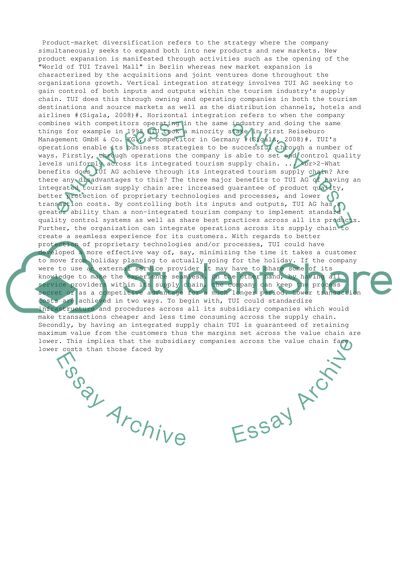Cite this document
(“TUI AG's Restructuring and Expansion Essay Example | Topics and Well Written Essays - 1250 words”, n.d.)
TUI AG's Restructuring and Expansion Essay Example | Topics and Well Written Essays - 1250 words. Retrieved from https://studentshare.org/management/1446767-tui-ag-s-restructuring-and-expansion-operations
TUI AG's Restructuring and Expansion Essay Example | Topics and Well Written Essays - 1250 words. Retrieved from https://studentshare.org/management/1446767-tui-ag-s-restructuring-and-expansion-operations
(TUI AG'S Restructuring and Expansion Essay Example | Topics and Well Written Essays - 1250 Words)
TUI AG'S Restructuring and Expansion Essay Example | Topics and Well Written Essays - 1250 Words. https://studentshare.org/management/1446767-tui-ag-s-restructuring-and-expansion-operations.
TUI AG'S Restructuring and Expansion Essay Example | Topics and Well Written Essays - 1250 Words. https://studentshare.org/management/1446767-tui-ag-s-restructuring-and-expansion-operations.
“TUI AG'S Restructuring and Expansion Essay Example | Topics and Well Written Essays - 1250 Words”, n.d. https://studentshare.org/management/1446767-tui-ag-s-restructuring-and-expansion-operations.


